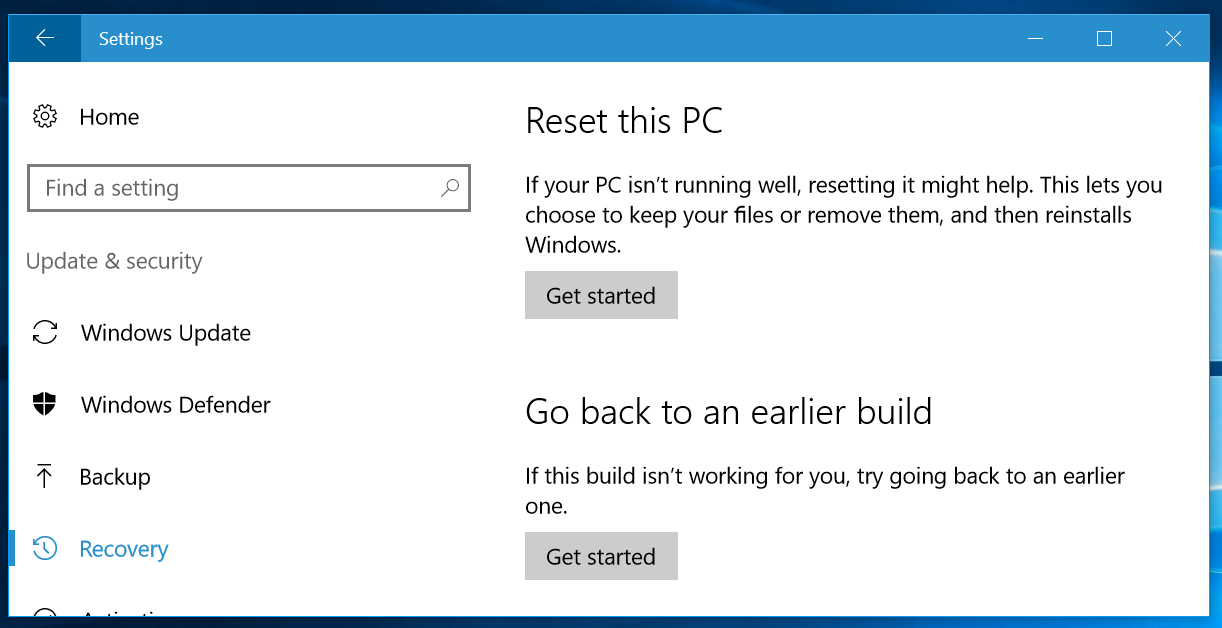

The “Uninstall latest quality update” option will uninstall the last normal Windows Update you installed, while “Uninstall latest feature update” will uninstall the previous major once-every-six-month update like the May 2019 Update or October 2018 Update. If an update caused a problem and your PC can’t reboot, you can use the Troubleshoot > Advanced Options > Uninstall Updates option in the Advanced Startup Options menu to restore it rather than digging through a Command Prompt window and looking for the most recent installed KB.

These are the smaller updates Windows installs on Patch Tuesday, for example. Starting with the October 2018 Update, Windows 10’s recovery environment can now uninstall quality updates. On Windows 11, go to Settings > System > Recovery and click Restart Now next to Advanced Startup. Under the Advanced startup section, click Restart now to reboot into Advanced Startup. RELATED: How to Easily Reinstall Windows 10 Without the Bloatware The Recovery Environment Can Uninstall Updates To launch this menu if Windows is working properly, on Windows 10, visit Settings > Update & Security > Recovery. Click “Additional Info” under Fresh Start and click the “Get Started” button.

For now, the Fresh Start option is still available at Windows Security > Device Performance & Health.


 0 kommentar(er)
0 kommentar(er)
